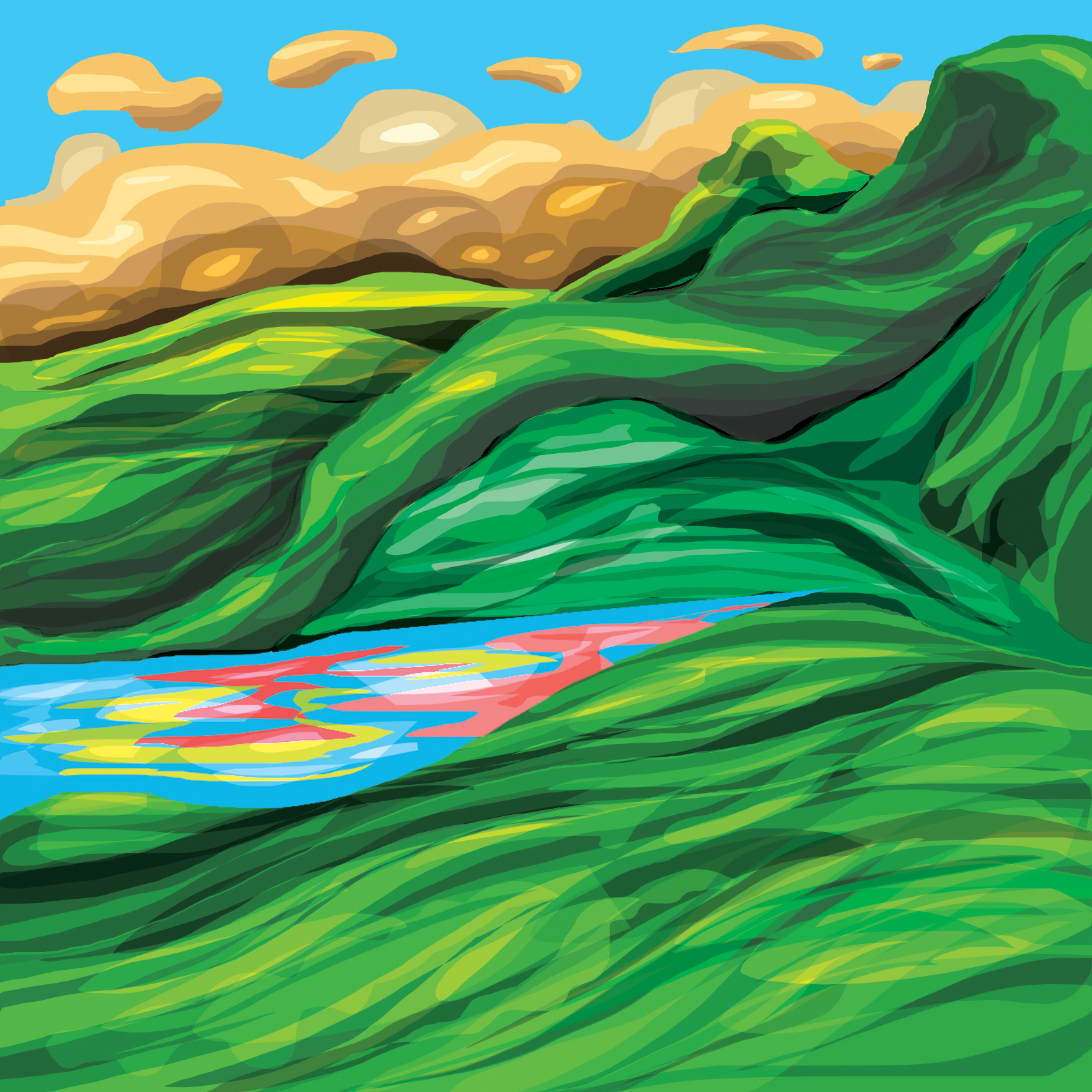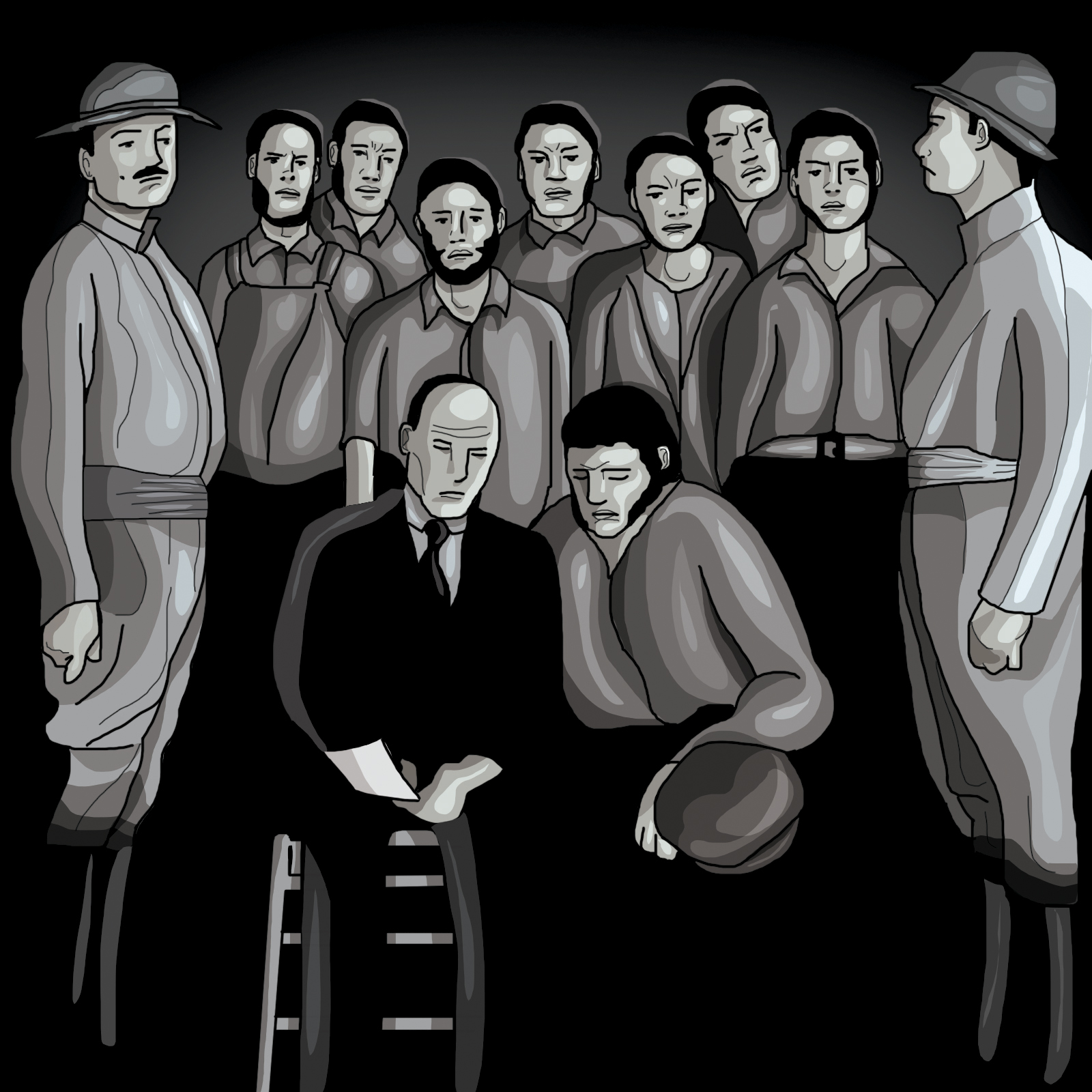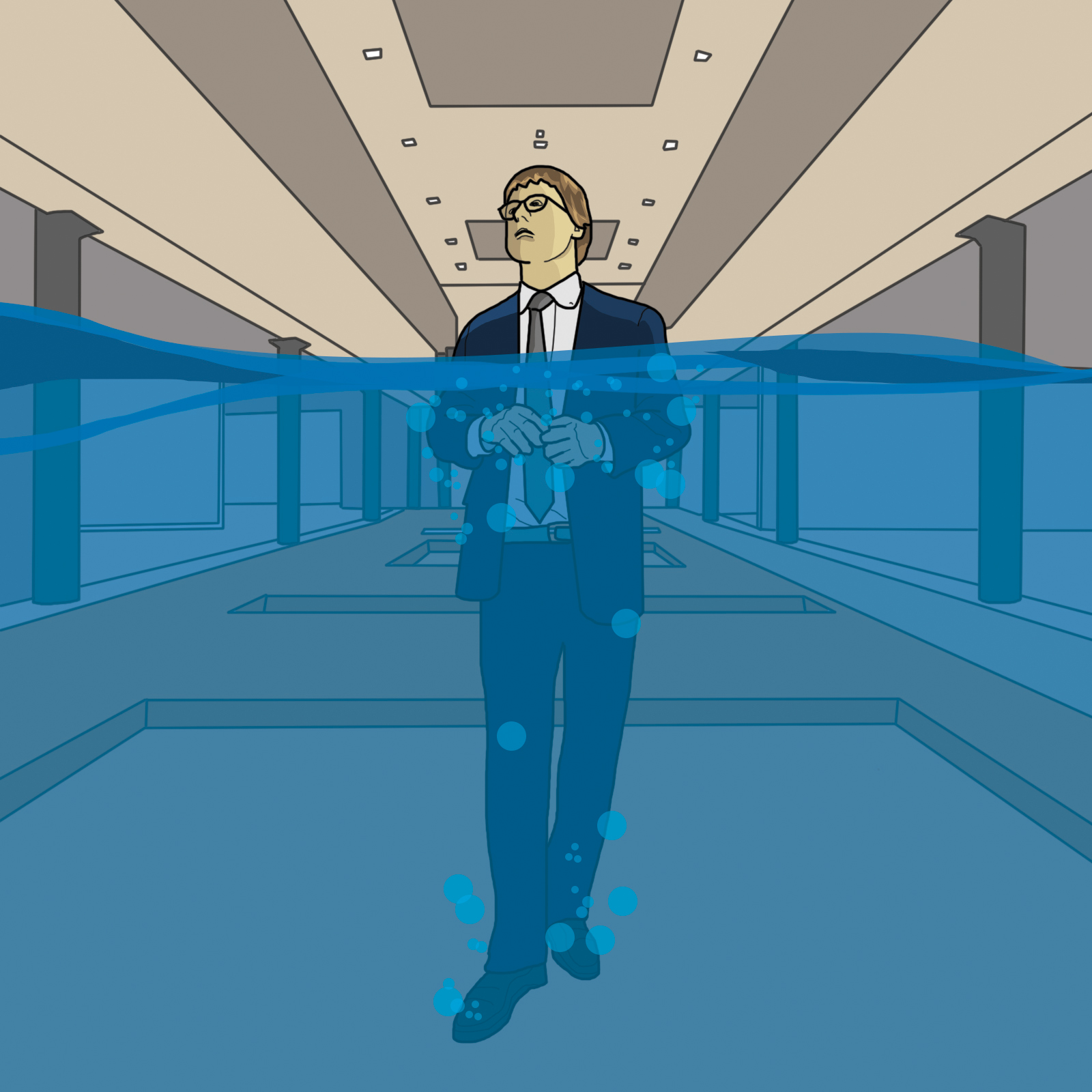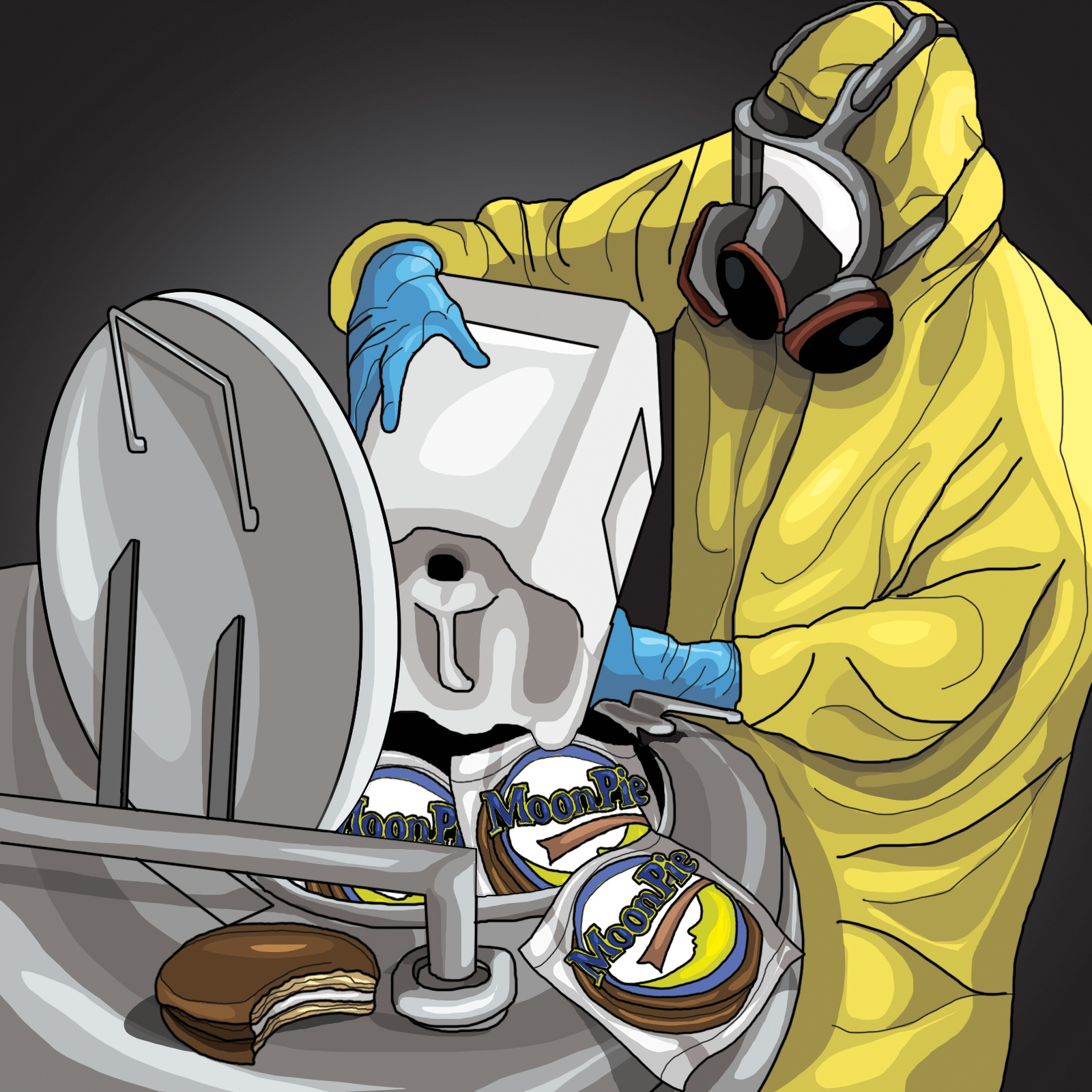ABOUT CHATTLANDIA
This occasional series takes a look at our region through the eyes of social media. Produced by staff writer Lynda Edwards and illustrated by Matt McClane.
This may be the Deep South, but when it comes to a history center dedicated to the city, Chattanoogans do not want a magnolia-and-moonlight version. If they had a museum, it would reflect the region's raw, colorful past, mixing violent tragedies with joyful triumphs.
Meth labs and MoonPies would be showcased. The violence suffered by the black community during the Jim Crow era would be a priority. Polluting industries would not be ignored, nor would the Civil War.
But readers also delved further, saying their museum should explore why the poorest neighborhoods now suffer from a murderous crime rate.
 Debra Fisher wants to document the city's battle with pollution. She clearly recalls the TNT factory (now Enterprise South) turning the area around Central High School into a Dr. Seuss-hued landscape. "I can remember sitting outside art class watching yellow-brown clouds come over treetops My bus passed chemical holding ponds on each side of Highway 58. I often marveled at their beautiful colors: blue, green, pinkish red."
Debra Fisher wants to document the city's battle with pollution. She clearly recalls the TNT factory (now Enterprise South) turning the area around Central High School into a Dr. Seuss-hued landscape. "I can remember sitting outside art class watching yellow-brown clouds come over treetops My bus passed chemical holding ponds on each side of Highway 58. I often marveled at their beautiful colors: blue, green, pinkish red."Long discussed and funded but not yet open, the Chattanooga History Center is meeting with state banks this week in hopes of securing $3.2 million it needs to build its exhibits and open the doors to the public.
The Times Free Press called out to Chattanoogans (via Facebook and texting), asking them to imagine they were directors of a fantasy museum with an unlimited budget. In that situation, what parts of Chattanooga history would they preserve or highlight?
MORE SUGGESTIONS FROM READERS
Pat Oneal: Krystals, MoonPies and Kay's Ice Cream.
Debra Fisher: I would put an exhibit that shows how this city was really started by Union troops during the Civil War. Before that, it was just a mudhole by the river.
Allison Fuller-Mulloy: A replica of the Woolworth's lunch counter where Howard (High School) students staged their sit-ins. And a replica of the Fischer Evans clock. It stood on a corner downtown for such a long time; I bet it witnessed some amazing changes in Chattanooga.
Kevin Dockery: For starters, I would buy Engel Stadium and build my museum around it.
Therese Burke Bowman: A life-size replica of old downtown with all the stores that used to be here, complete with streetcars. Also an exhibit of all famous people from Chattanooga, including a Wayne White exhibit. (White is an illustrator and puppeteer who, among other things, helped design the Emmy-winning set for TV's "Pee-wee's Playhouse" and did art direction on the videos for Peter Gabriel's "Big Time" and Smashing Pumpkin's "Tonight, Tonight.")
John Fearheiley: The history of Coach Jim Morgan and UTC wrestling in the 1970s.
Hydrilla Hawgs: How you used to be able to go a whole week without a shooting.
Joy Smith: The many railroads that populated Chattanooga, built the city and were then phased out of existence as the city outgrew them.
 Did you know the Communist Party had a national headquarters in Chattanooga in the 1920s and 1930s? Danny Freeman did and would create an exhibit that details how the party organized strikes to improve the miserable conditions of factory workers, championed civil rights and hired a lawyer to appeal the so-called Scottsboro Boys case to the U.S. Supreme Court, which overturned the defendants' convictions.
Did you know the Communist Party had a national headquarters in Chattanooga in the 1920s and 1930s? Danny Freeman did and would create an exhibit that details how the party organized strikes to improve the miserable conditions of factory workers, championed civil rights and hired a lawyer to appeal the so-called Scottsboro Boys case to the U.S. Supreme Court, which overturned the defendants' convictions.Greg Pickett: Use the money where it is actually needed, so that we'll have history to talk about in 20 years.
James Burns: Little Debbie Cakes.
Paul Spencer: I'd be sure to not leave any nasties out, like people being lynched from the Walnut Street Bridge.
Tommy Duff: The Ku Klux Klan-sponsored softball league called the Knights of the KKK, which the city allowed to play in tournaments in the late 1950s), despite objections from some Chattanoogans.
Tec Conar: An ATM that let citizens draw out of the unlimited budget to pay for more useful things.
David Cammilleri: 1) The Civil War and the part that Chattanooga played 2) The pollution years. 3) The aquarium and what the downtown area looked like before and today.
Contact Lynda Edwards at ledwards@timesfreepress.com or call 423-757-6391.


